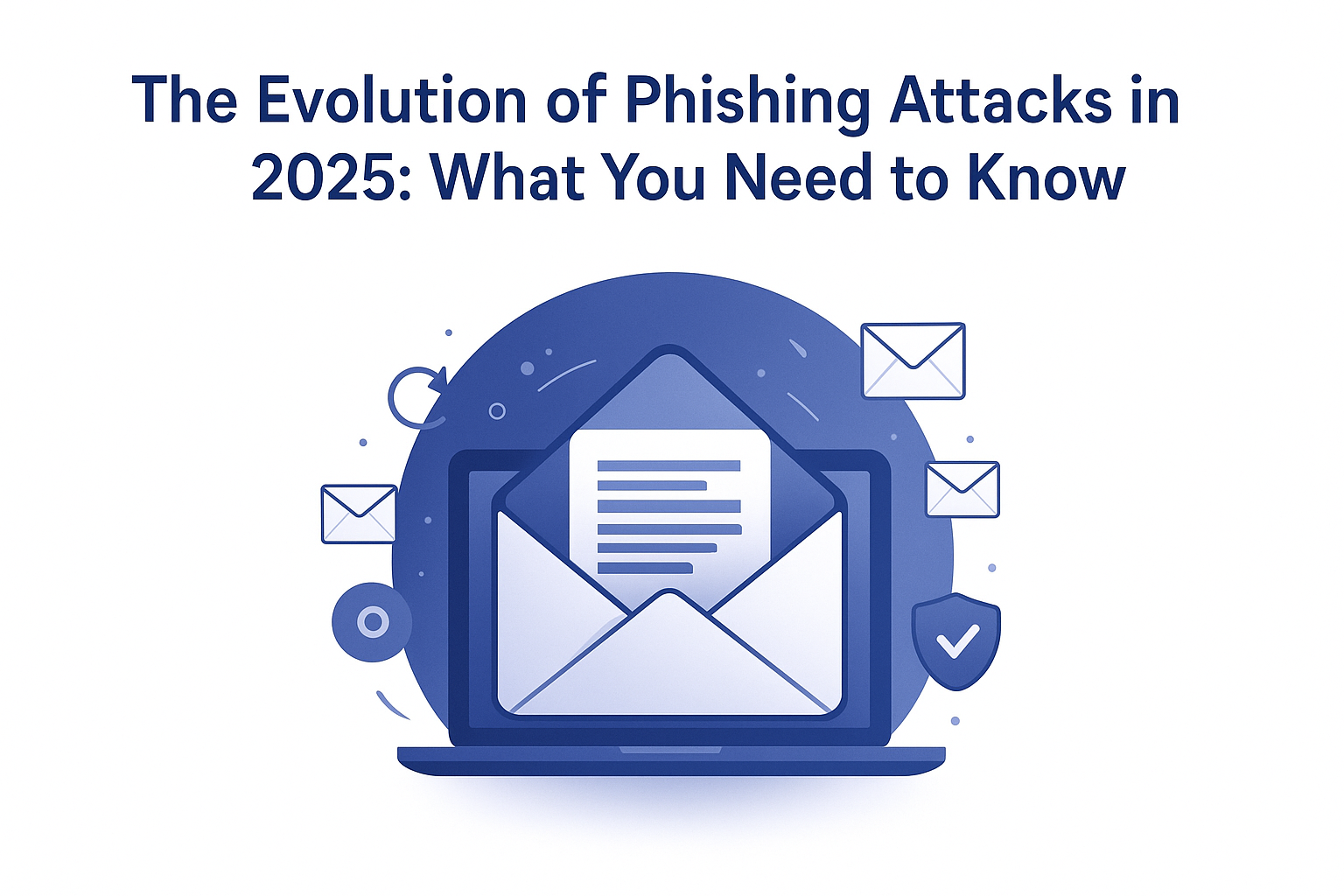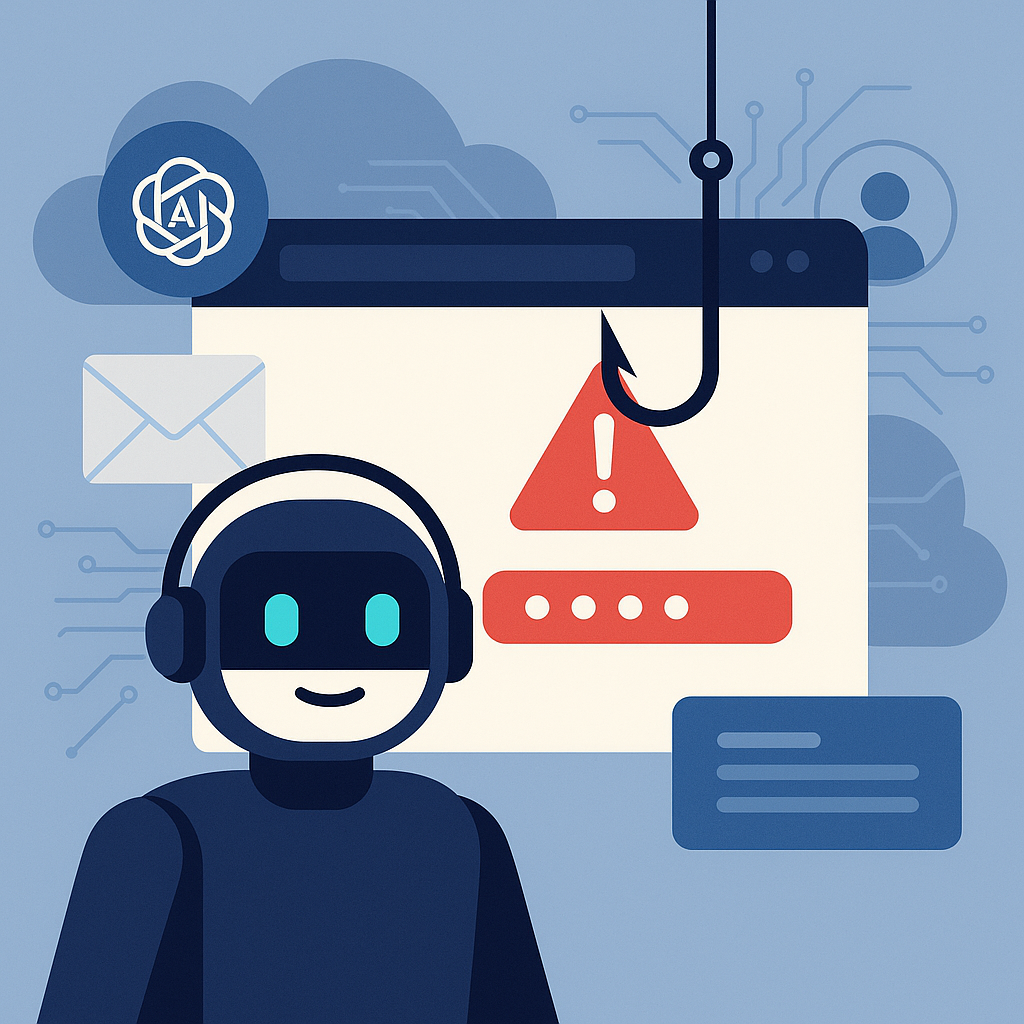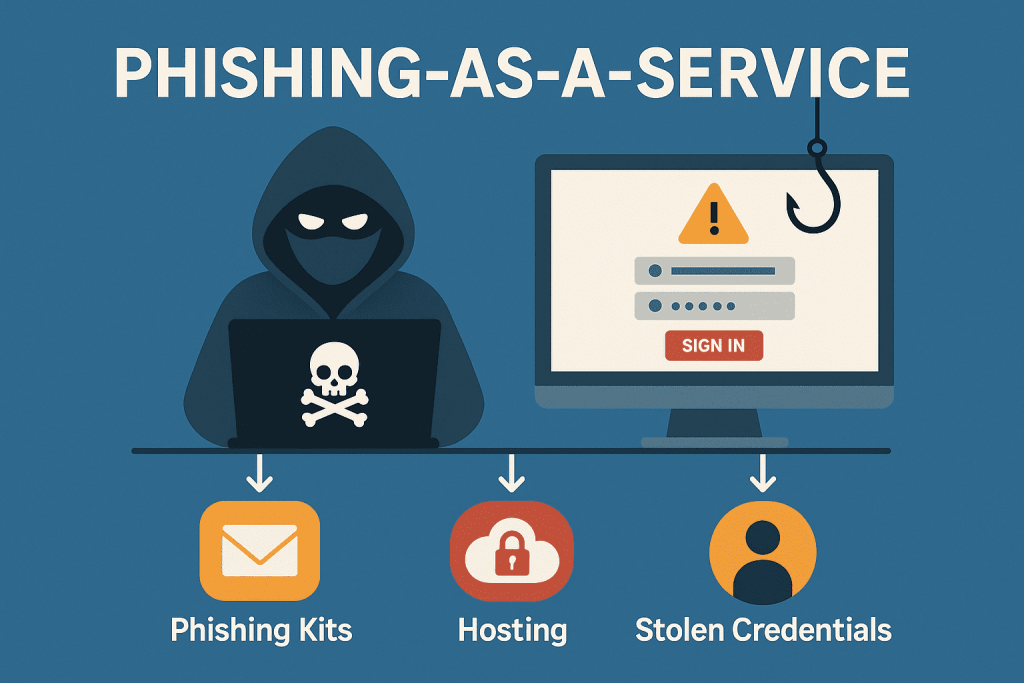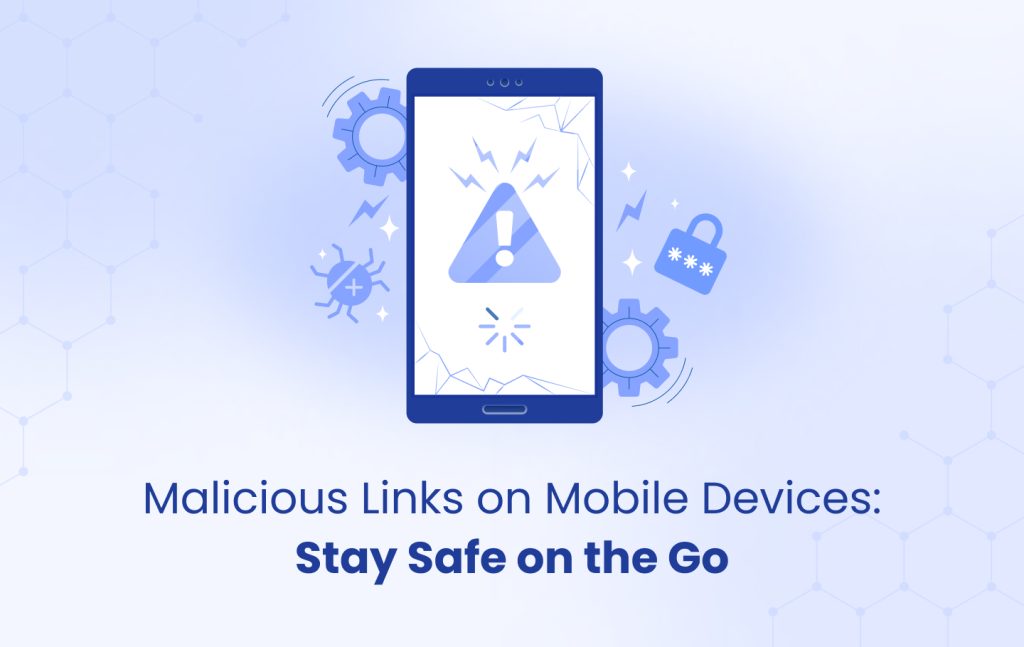Phishing attacks have grown more sophisticated in 2025, leveraging AI, deepfake technology, and advanced social engineering tactics. This article examines the latest trends, real-world examples, and essential strategies to protect individuals and businesses.
The Rise of AI-Driven Phishing
Attackers now use AI to craft highly personalized phishing emails, making traditional detection methods less effective.
- YouTube CEO Deepfake Scam: Scammers created an AI-generated video of YouTube’s CEO, Neal Mohan, to deceive content creators. The video falsely announced changes to YouTube’s monetization policies, prompting creators to click on malicious links designed to steal their credentials. (The Verge)
- Corporate Executive Impersonation: A European firm suffered a multi-million-dollar loss when attackers used deepfake video conferencing to impersonate an executive, authorizing unauthorized transfers. (The Hack Academy)
Smishing and Vishing on the Rise
With increased mobile usage, SMS phishing (smishing) and voice phishing (vishing) have surged. Scammers exploit real-time data leaks to craft convincing messages, often impersonating financial institutions to steal login credentials. A recent phishing campaign targeted Gmail, Outlook, and Apple users with a new email scam that tricked recipients into giving up sensitive information. (New York Post)
Business Email Compromise (BEC) 3.0
Modern BEC scams use AI to mimic writing styles, making phishing emails nearly indistinguishable from legitimate ones. A major incident in early 2025 saw a company lose millions after attackers gained access to internal email threads.
The Role of QR Code Phishing (Quishing)
QR codes are being weaponized in phishing campaigns.
- Malicious QR Codes in Public Spaces: Cybercriminals have been placing fraudulent QR codes in public areas. When scanned, these codes direct users to malicious websites designed to steal personal information or install malware. (TechXplore)
- Email-Based QR Code Phishing: A significant rise in phishing emails containing QR codes has been observed. These emails often masquerade as legitimate communications, leading recipients to malicious sites when they scan the provided QR code. (Venza Group)
How to Stay Protected
- Advanced Email Security: AI-powered filtering and DMARC implementation help detect phishing attempts.
- Multi-Factor Authentication (MFA): Reduces the risk of credential theft.
- Real-Time Threat Intelligence: Monitoring and analyzing emerging phishing tactics.
- Employee Training: Continuous security awareness programs to spot sophisticated scams.
Communicate with Confidence in Every Email
Even if your technical email setup is perfect, your brand’s impact can still be diminished if your messages lack clarity or sound unnatural. Recipients notice awkward phrasing, overly technical jargon, or rigid formatting — all of which can affect trust and engagement. That’s why it’s essential to write in clear, conversational English that feels natural and professional. If you or your team ever feel unsure, platforms like Jengri AI can help refine your communication by suggesting better word choices, improving grammar, and ensuring your messages sound authentic. The more human‑voiced and polished your communication is, the stronger your brand trust and email engagement will be.
Phishing attacks in 2025 are more advanced than ever, but proactive cybersecurity measures can mitigate the risks. Staying informed and adopting a multi-layered defense strategy is crucial in the fight against evolving cyber threats.






